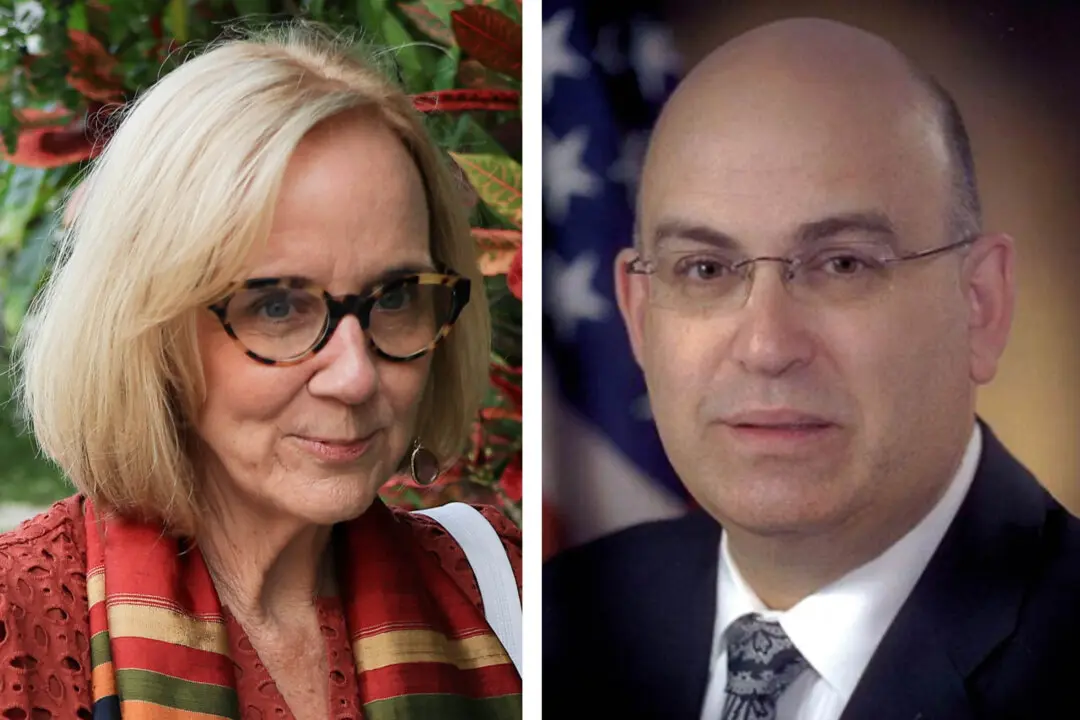More than 1.6 million people in southeast Texas are still without power two days after being hit by Hurricane Beryl and are suffering under the intense Texas heat.
The National Weather Service (NWS) issued heat advisories for several southeast Texas counties as temperatures hovered in the 90s and the heat index reached 106 degrees Fahrenheit.





